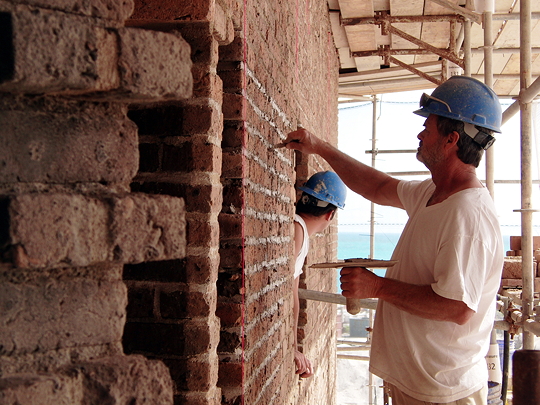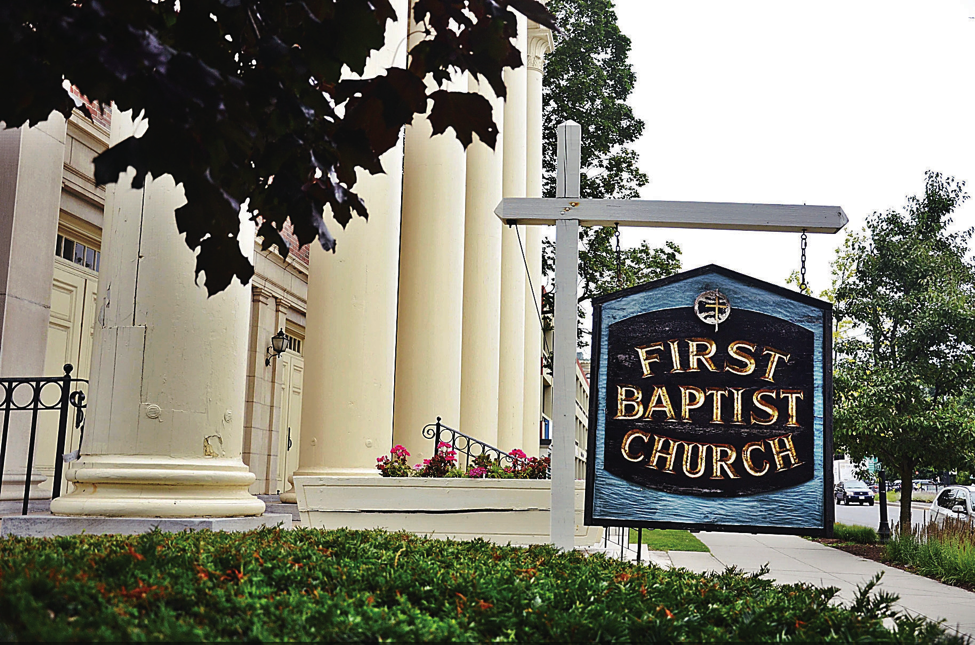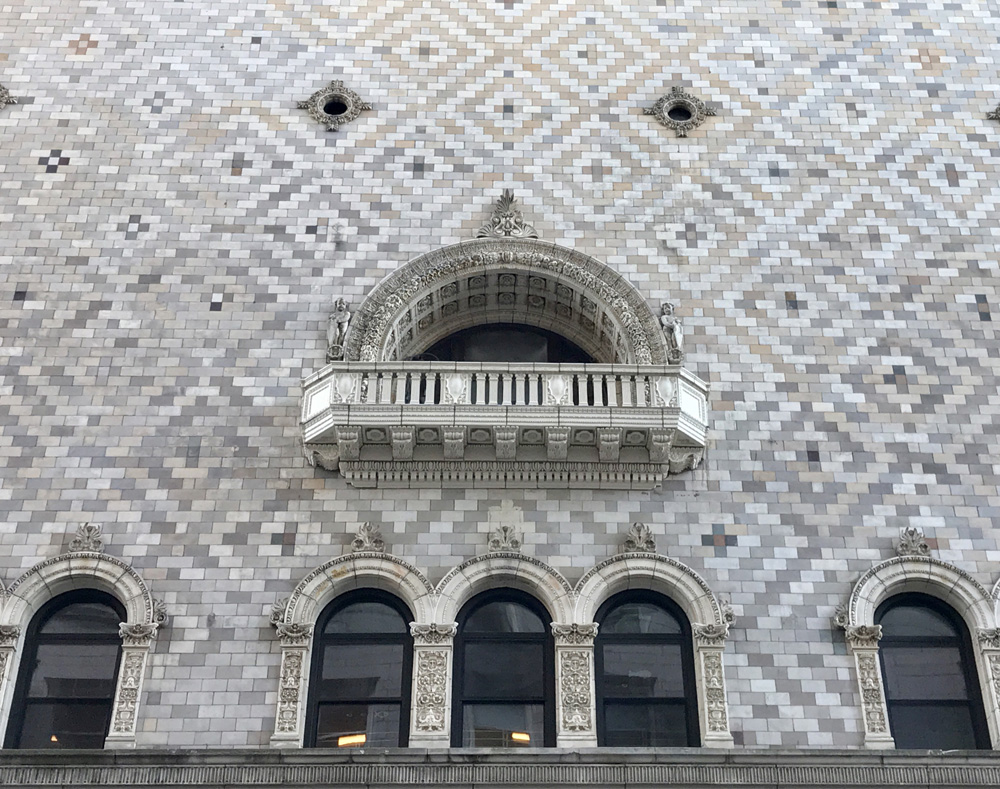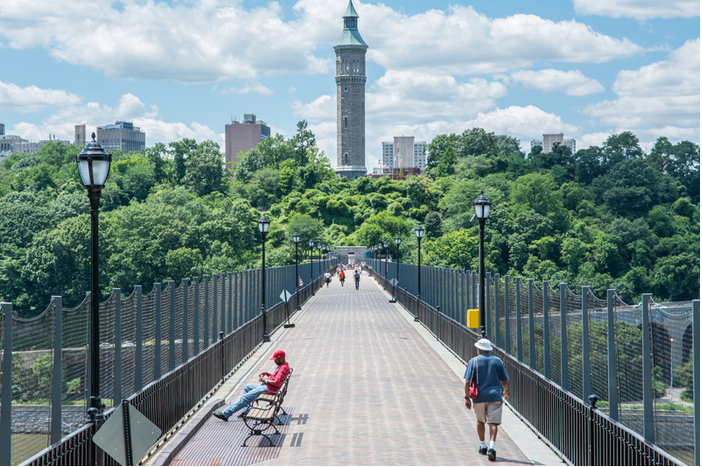
Restoring an Island Fortress Brick by Brick
By Ted Cushman. Reprinted from Coastal Contractor.
Clay brick is one of civilization’s oldest building materials. And brick remains one of the most durable building materials in the market, even in tough coastal conditions. But if you want a brick building to last, of course, you have to use the brick correctly.
For lessons about brick in the coastal environment, you don’t have to take the Yankee Freedom twin-hulled ferryboat out into the Gulf of Mexico to the Dry Tortugas islands, 70 miles from the dock at Key West and barely 90 miles from Cuba. But it helps — because that’s where the National Park Service maintains Dry Tortugas National Park, and where you’ll find historic Fort Jefferson, one of the largest and most impressive piles of brick you’d ever want to see anywhere. Begun in the 1840s and finished during and after the Civil War, Fort Jefferson has fallen into disrepair, but it’s being restored — and if you’re into masonry, history, or both, the fort offers a great learning opportunity.
Coastal Connection visited the fort in March, and we talked in May with Ken Uracius, a second-generation brick mason and historic restoration expert whose masonry crews finished restoring two of Fort Jefferson’s six exterior walls this winter and spring. Uracius has plenty to say about brick masonry, the fort, other forts like it, and West Point Army Engineer Joseph Totten, the man who managed the construction of early America’s 46-fort coastal defense fortification system in the mid-1800s. Totten, the father of brick fortification in America, eventually defeated his own technology: after Southern states seceded and captured some of the forts he had built (including, famously, South Carolina’s Fort Sumter), Totten helped win the war for the Union by developing the first rifled-bore cannon capable of destroying those same forts. “That effectively ended what they call the ‘Third System’ of fortifications,” says Uracius. “And then about six months later, Totten died. He brought brick fortification out of its infancy and he watched it die, in his lifetime.”
Our interest is brick, not battle. But even the brick at Fort Jefferson illustrates the history of the war: the yellow bricks that form most of the fort’s lower walls, shipped to the island from Pensacola, Fla., give way to upper courses of red brick that the Yankees shipped down to the island from Maine to complete the battlements after war broke out.
“There was no such thing as an architect on these forts, originally,” Uracius says. “Fort Jefferson was built by engineers, and they came out of two camps: canal builders and the military. Both of them were color-blind. Colors weren’t important to them — strength was. If you look at the granite in Fort Adams [another coastal fort near Newport, R.I.], it’s all different types of granite. All they did was send out for proposals from anyone who would sell the government granite with these strengths. They didn’t care what color it was.”
When it came to mortar, on the other hand, the fort builders were sticklers for consistency. And Uracius has learned a lot about mortar while restoring and preserving their work. For a restoration project at Fort Adams, says Uracius, he decided to investigate the original mortar holding the old bricks together. “It held up very well there, and I couldn’t figure out what the heck it was, because it wasn’t anything we had been using in modern times,” says Uracius. “Everybody kept telling me it was a lime mortar, but I said, something’s wrong with this picture. So I went back in the records and I read Joseph Totten’s report. I learned that he was using a natural cement sourced out of Rosendale, New York. So I went up state to Rosendale and I met a man named Dietrich Warner, who passed away a few years ago (too bad, because he was one of the most interesting characters I’ve ever met). I walked into this little house museum that Warner had, and I said ‘What do you know about this natural cement stuff?’ And he said, “What are you talking about? Everybody knows that all the buildings built from 1820 to 1900 in the United States were built with this material.’ So I said, “‘Well, you may know that, but nobody else in this country knows that.’”
It turns out that Rosendale cement played a huge role in early U.S. construction, says Uracius: “I went into the mines up there, and the whole town of Rosendale is just honeycombed with mines where they took this material out. It was all shipped down to New York City. So most of New York City is made with this material — most commercial buildings, at least. Any engineered structure, they would have used this Rosendale cement — not lime. So the restoration experts in the U.S. went through this whole period from the 1890s up through 2004, where everyone believed that the U.S. had used lime mortar like they did in Europe. But come to find out, we didn’t. We had changed.”
Rosendale cement was still produced in the U.S. as late as 1970, says Uracius — “but by 1990, it had been completely forgotten on the market, and nobody even knew what it was. That’s how long it took for something to disappear off the face of the earth.” Ken Uracius has now revived the Rosendale cement industry, on a small scale (the Hudson Valley Chronogram has that story: read “Rediscovered Rock,” by Jonathon D. King in Chronogram June 2005). His re-invented natural cement is marketed as “Freedom Cement .” “I use it on my projects,” he says, “and it’s being used on some other projects as well.
Every one of the 46 brick forts Totten established, from Maine to Texas, was built with Rosendale mortar, says Uracius: “The mortar ties the whole system together.” In fact, Totten fired one of his local managers in Pensacola, a lieutenant colonel who decided to purchase locally made mortar instead. “He exiled him to Key West,” says Totten. (Totten’s micro-management style was legendary, Uracius says. “He was also on the Board of Trustees of the Smithsonian Institution and he was in charge of the Lighthouse Commission. The man was a master at multi-tasking.”)
One of Totten’s obsessions was defending soldiers in the forts against hostile fire, says Uracius. “At Fort Adams, each embrasure is a different size, different shape, different openings, because he was constantly experimenting with the best way to protect his men,” he explains. But one such innovation led to a major failure at Fort Jefferson. Totten devised steel shutters for the cannon embrasures that would fly open from the muzzle blast of the cannon in the instant before the cannon ball reached the shutter; then, as the cannonball passed through, the shutters would rebound off the embrasure side walls and slam shut again to shelter the gun crew. But the shutters had an unintended side effect: over time, the iron in the shutters rusted and expanded, blowing the brick off the walls near the windows and starting a chain of failure in the outermost layers of brick. Now, the brick walls show the disastrous consequence of this use of an incompatible component.
Rust-induced expansion of the protective iron shutters in the fort’s cannon embrasures destroyed the outer withes of brickwork around the openings, starting a chain-reaction of brick failure on the fort’s exterior.
But that wasn’t the only failure. Drinking-water cisterns were embedded in the fort’s foundation, a precaution in case of a prolonged siege. Sand filters in the roof and walls would purify rainwater that fell on the fort, feeding the cisterns. But the engineers thought the coral island could support more load than it turned out to — and long before the fort was finished, the foundation had settled and the cisterns had begun to crack. As the water storage system deteriorated, providing drinking water for even the construction crews (more than 1,000 strong in the 8-acre site) became a serious problem for the project. And the cracked cisterns allowed salt water to intrude from the fort’s moat — which also served as a sewer. Letters home from men working at the fort — many of them disciplinary prisoners from the Union ranks — describe a hellish life of isolation, bad food, and stench. Yellow fever killed hundreds of the fort’s workers, along with wives and children of the few officers allowed to bring family to the garrison.
Even for Ken Uracius’ small crew of restoration masons, the island, beautiful as it is, is a little too remote. Campers at the island’s half-dozen tent sites are allowed a three-day stay — and, says Uracius, “Three days is about right.” For the masons, he says, spending weeks at a time on the job was an endurance test. “The first day it’s the most beautiful place on earth. The second day it’s interesting — you get to walk around and look at everything. The third day you start wondering what you’re gonna do next. The fourth day, you want off the island, and at the end of the first week you’ll kill somebody to get off the island. And at the end of the second week you’re about ready for the mad house, and at the end of the third week you’re having hallucinations and you have to get off the island.”
The masons may not have the chance to try that endurance test again. In March, when Coastal Connection visited the island, a threatened government shut-down caused by the budget impasse in Washington nearly canceled the ride. Last summer, Senator John McCain put Fort Jefferson on a list of government spending projects he thought should get the axe, Tampa TV station Bay News 9 reported (“Senator McCain: Stimulus money to restore Fort Jefferson is a waste,” by Roy De Jesus).
But Uracius is proud of his crew’s accomplishments. “We were seventy miles off shore. I could only work from November through June, because we couldn’t leave all that scaffolding up during hurricane season,” he explains. “We laid 160,000 new brick. We used about 100 tons of mortar. We discovered a major change in the wall that wasn’t known about when we started, and we overcame that. And everything, including the brick and mortar, was custom made and custom ordered. And we finished the work on time, and under budget. When you think about the limitations we were working with, to not go over budget was pretty amazing.”
But Uracius is even more impressed by the original work of fort builder Joseph Totten and his soldier workforce. “That fort has more than 16 million brick in it,” he says. “Can you imagine building that with donkeys? And we’re sitting here saying that it failed — but we don’t build a building today that lasts one-quarter of the time that that fort has been there.”







